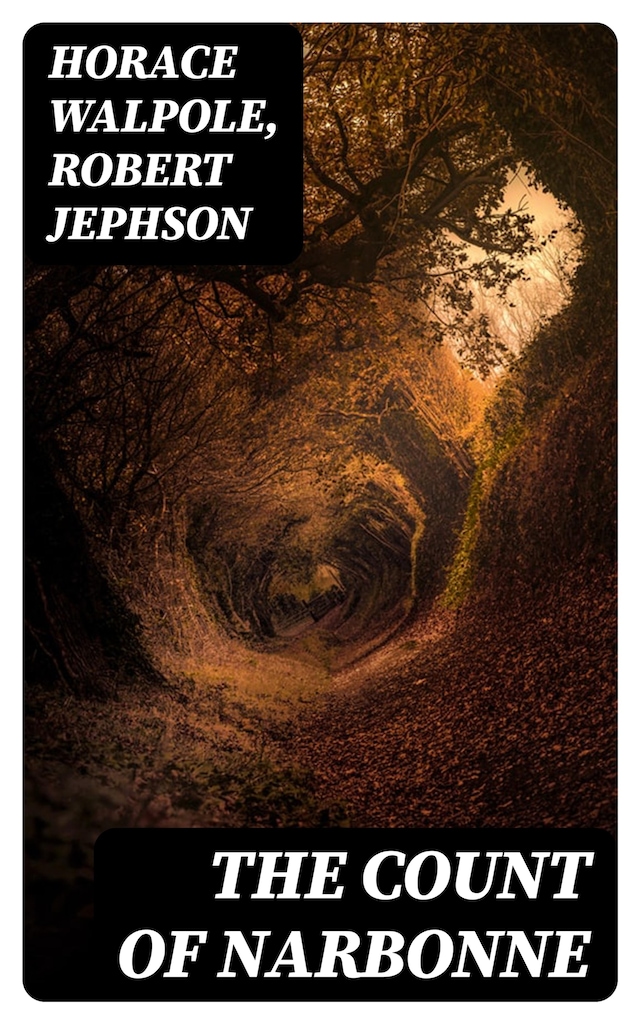
The Count of Narbonne
A Tragedy, in Five Acts
Tietoa kirjasta
The collection "The Count of Narbonne" serves as a vital exploration of the evolving Gothic drama genre, capturing the unnerving atmosphere and emotional complexities that define this literary form. Assembled with precision, it weaves a tapestry of haunting tales and morally ambiguous characters, with stories that move fluidly between realms of horror and the supernatural. In this anthology, the tension between fate and free will plays out against backdrops that are both grandiose and claustrophobic, a testament to the skillful narrative techniques employed throughout. Herein, the true essence of Gothic literature is distilled, offering readers a wealth of thrilling narratives. The compilation features works by notable figures, such as Horace Walpole and Robert Jephson, whose influence on late 18th-century British literature is indisputable. Both authors set the stage for a rich dialogue on societal anxieties and psychological fears, tapping into the collective subconscious of their era. These writers adeptly interweave the political and the personal, drawing from the burgeoning Gothic tradition while also contributing uniquely to its development. Their collective efforts chart the intersection of historical and narrative invention, collectively offering deeper insight into the culture that birthed these spine-chilling tales. This anthology is an essential read for those interested in the Gothic tradition and its profound impact on literary history. It appeals to both casual readers and scholars by offering a compendium of styles and voices, each contributing to a larger narrative landscape. Readers will find themselves immersed in a world of dark corridors and foreboding landscapes, gaining not only entertainment but also an enriched understanding of the Gothic genre's origins and enduring legacy. Through this collection, one embraces both the sensation of fear and the pleasure of masterful storytelling.


